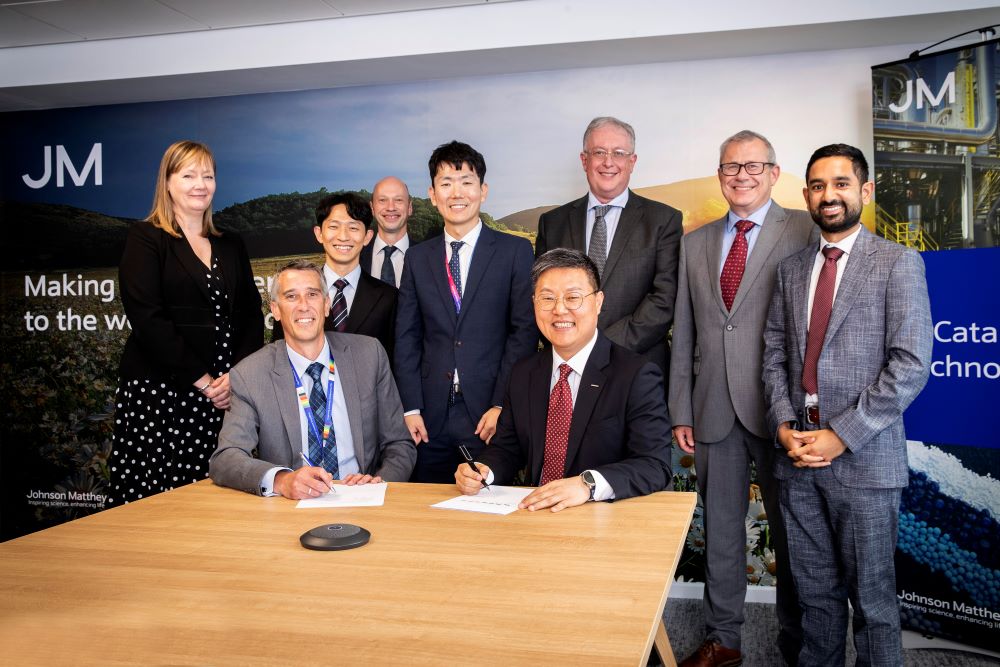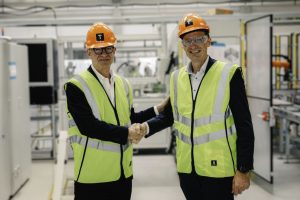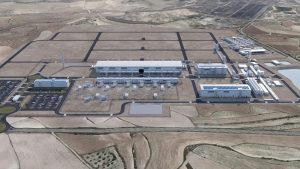JM will provide engineering services alongside its ammonia cracking technology and catalyst. The clean hydrogen produced by this technology can be used to power turbines within pure or partial hydrogen-fired combined cycle power plants. Doosan will provide their latest development in hydrogen gas turbine technology for clean power generation.
Low-carbon ammonia has been chosen because it can be transported globally more easily than pure hydrogen. Ammonia is then converted to hydrogen through cracking and used to power turbines.
The joint development agreement supports the South Korean Government’s plans to increase the share of clean hydrogen-based power generation from 0% in 2022 to 2.1% by 2030 and 7.1% by 2036.
Analysis from the Korea Institute of Machinery & Materials shows that using ammonia cracking technology to enable hydrogen-fuelled turbines could reduce carbon emissions by over 21% when a gas turbine is fired up with 50% hydrogen. Doosan Enerbility are working on a 100% hydrogen gas turbine, which is expected to reduce CO2 emissions even further. Doosan Enerbility expects to complete the development of the 380 MW 100% hydrogen gas turbine by 2027.
Alberto Giovanzana, Chief Commercial Officer of Catalyst Technologies at Johnson Matthey, said: “This is an important step forward and I look forward to demonstrating how JM’s technology can support the decarbonisation of the South Korean power sector, in line with government targets.”
Hongook Park, CEO of Doosan Enerbility’s Power Services Business Group, remarked: “By engaging in a partnership with JM, a partner who has a good understanding of the combined cycle hydrogen power generation model being pursued by Doosan Enerbility, we expect this will help to usher in the era of high-efficiency combined cycle hydrogen power generation.”






